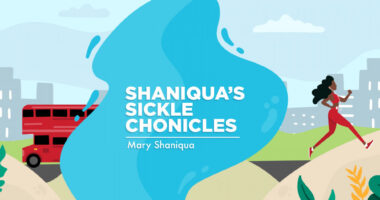Blood Tests and Funding Can Save African Lives, Especially Children, Official Says

A simple blood test and other measures could help halt the rise of sickle cell anemia in Africa and prevent fatal complications, especially among children, a World Heath Organization (WHO) official said this month.
People living in Africa make up some 66 percent of the approximately 120 million people worldwide affected by sickle cell anemia. Matshidiso Moeti, MD, regional director for WHO in Africa, asked for more financial investment, collaboration and partnerships at the Congress of the African Society of Hematology in Brazzaville, Congo, earlier this month.
Sickle cell anemia can cause pain, life-threatening infections, stroke, and loss of vision. WHO implemented control programs in regions of Africa in 2008, but a lack of access, counseling and basic facilities made it difficult to manage patients.
Genetic screening using a blood test is not commonly conducted, and a diagnosis is often made only when a complication, often severe, occurs. Children in Africa with the most severe form of the disease generally die before age 5, usually from an infection or severe anemia.
“Our [African] states alone, without the precious support of partners, will not be able to cope with information, communication, education, screening, case management and also basic research in this field,” Moeti said. “In particular, the sources of funding for the fight against these diseases and the technical partners involved are insufficient.”
According to WHO, about 300,000 children worldwide are born with sickle cell disease. Nigeria has the highest rate of any country, with Congo and Tanzania third and fourth. India is second. The disease can interfere with a patient’s education, employment, and psychological and social development.
Stressing the need to address the disease, Antoinette Sassou-Nguesso, the first lady of the Republic of Congo, said: “I call upon each one of us to continue to make an effort so that together with our brothers and sisters from other continents, we can win the noble fight against blood diseases in Africa.”
According to the National Institutes of Health, 25 to 30 percent of the general population of Congo has the sickle cell trait in the general population. Sickle cell anemia affects approximately 1.4 percent of newborns — about 40,000 babies per year.






